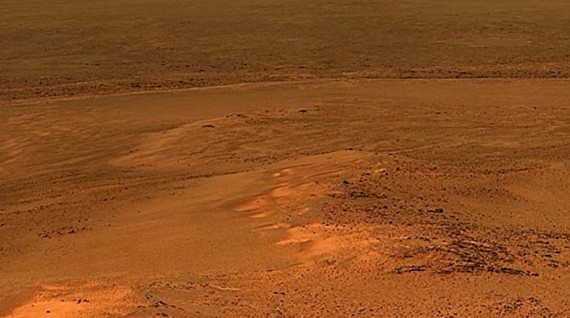As humanity stretches out its fingers towards the red planet, the prospect of life on Mars is becoming a tantalizing whisper of possibility. However, beneath its russet surface lies a reality that may be far less hospitable than anticipated. The Martian soil, often romanticized as a potential cradle for extraterrestrial organisms, conceals an array of toxic chemicals that could quash the dreams of budding colonizers.
To grasp the implications of Martian soil, it is essential to first understand its complex composition. The soil on Mars, comprised largely of iron oxide, presents a palette of striking reds and oranges that beguile curiosity. Yet, this visually alluring façade belies a more sinister reality. Analysis reveals an unsettling array of perchlorates—salts that can be harmful to any semblance of life. These chemical compounds, while capable of supporting certain Earth-bound microbes, could wreak havoc on more complex organisms and sow discord in the delicate balance of any nascent ecosystems.
The toxicity of Martian soil is not an insurmountable obstacle; rather, it introduces an unexpected twist in the narrative of colonization. Picture a Pandora’s box, each layer of soil, rich with minerals yet laced with chemical peril, challenges our preconceptions of what life could thrive in such an alien environment. With the right technology and ingenuity, future explorers might transform this treacherous terrain into a nurturing habitat, potentially harnessing the very toxicity that now looms as a threat. It is a tantalizing dichotomy that presents an exhilarating, if daunting, frontier for science.
The presence of chemicals such as perchlorates raises questions that extend beyond soil composition. It incites discussions about the viability of sustainable human presence on Mars. How will space explorers navigate the intricate pathways of living off the land? Will they find ways to mitigate the dangers posed by these toxic elements? Such inquiries inject urgency into ongoing research endeavors, propelling scientists into a race against time to uncover remedies to transform Martian soils from lethal to life-sustaining.
Moreover, the implications extend to the broader context of astrobiology and our understanding of life’s resilience. The adaptability of life as we know it often resembles an unwavering phoenix, rising from the ashes of adversity. If life can endure in the harshest conditions on Earth, could it similarly thrive in the shadow of a Martian chemical gauntlet? This question dances tantalizingly on the edges of our understanding, urging scientists to rethink the parameters of life itself.
As we advance into this era of cosmic exploration, the revelation of Mars’ poisonous soils may serve as a crucible for innovation. Humanity stands at the threshold of what could be a transformative chapter in our journey across the stars. Each discovery, a keystone, will shape our strategies for survival and adaptation in the unforgiving landscapes of the cosmos. In this battle against the harshness of our celestial neighbor, the challenge of Martian soil becomes not just an obstacle, but an opportunity—one that beckons the boldest of adventurers to rise and respond.
